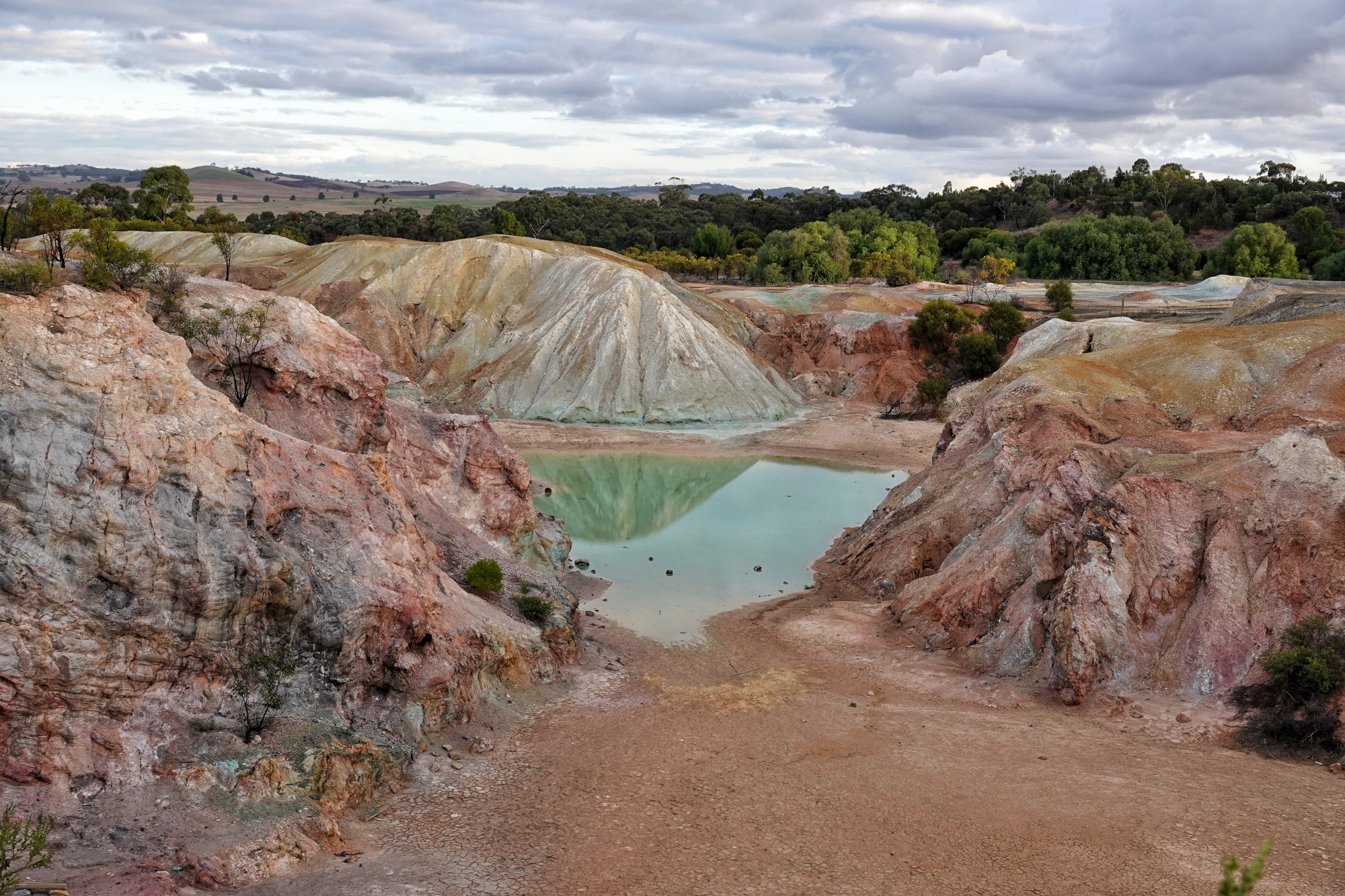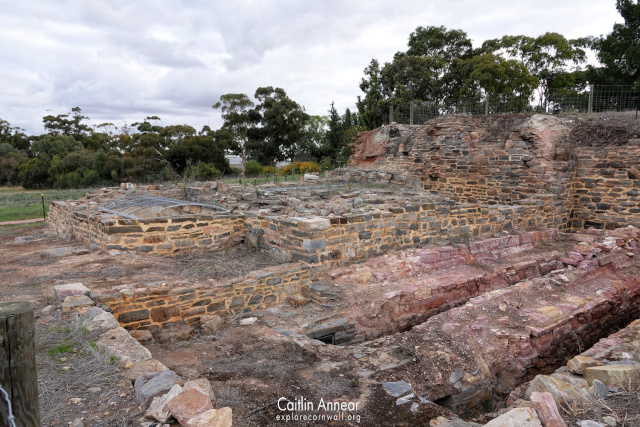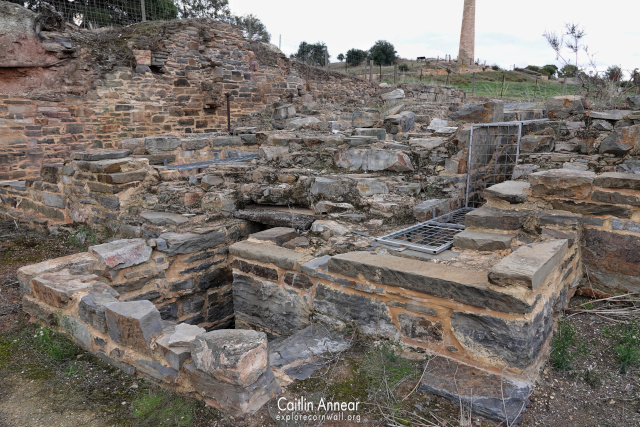The Kapunda Mine, established in 1844, was the first successful copper mine in Australian history.
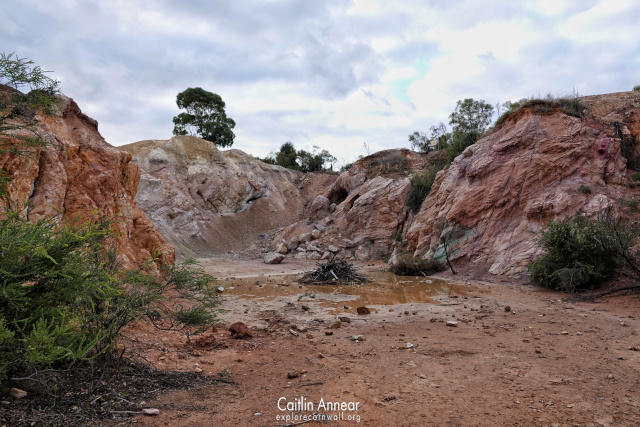
Copper was actually discovered here two years prior by Francis Dutton and Charles Bagot; they however kept this a secret, buying up 80 acres of land for just £80 ($13,246/£6940 today) while continuing to survey the area. The mine was initially split, with one half being Wheal Charles and the other Wheal Dutton. The combined name of Kapunda came from the local Ngadjuri name for spring or jumping water “cappie oonda”.
The assay results of their find proved fruitful, so by 1944 the mine was officially opened and by the following year was down 10 fathoms (18m) and needed a horse whim to remove water.
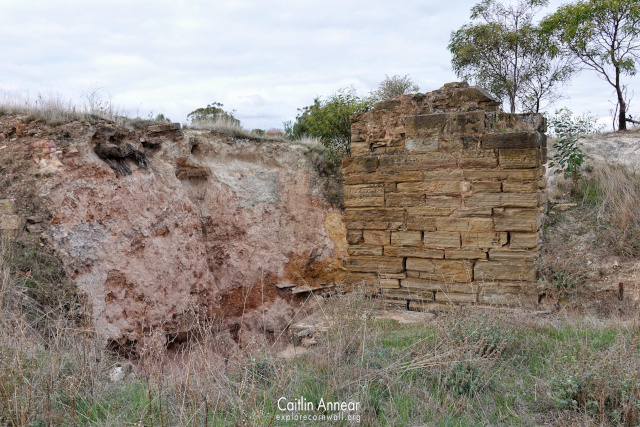
As the mine deepened, water became an increasing problem and an engine house was erected in 1848 with a 30″ engine. This was called Draft engine and was the first Cornish engine in Australia. Bought from Wheal Kitty mine where it had been driving stamps, the engine was shipped on the Rachel along with an engineer to install it. At Kapunda Mine it had multiple functions, hoisting, crushing and pumping, a factor that later led to multiple breakdowns as demands increased.
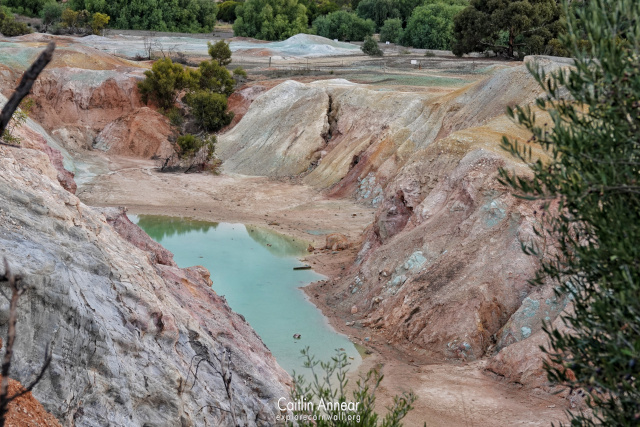
The following year a smelting furnace was installed. Prior to this all ore had to be carted to Port Adelaide and then onto Wales for processing, something that would have cost a great deal of money. 1850 also saw the erection of a second engine house on the mine, a 36″ Buhl pumping engine, originally destined for Tungkillo Mine. Built by Harvey & Co, this was also shipped from Cornwall at a cost of £2,100 ($347,728/£182,195 today) and started work the following year, greatly reducing the load on Draft engine.
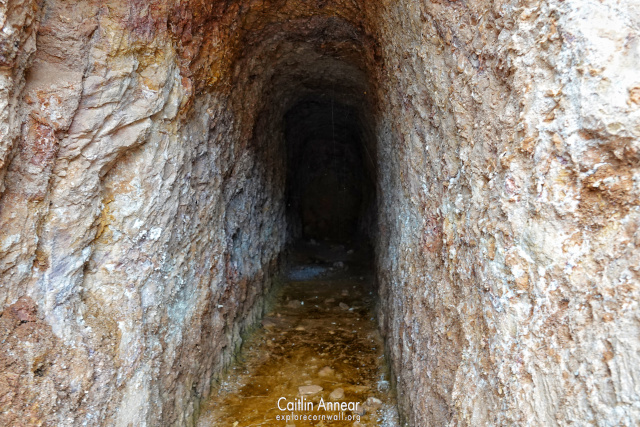
Between 1852 and 1855 work ceased in the area due to the Victorian Goldrush, with many miners heading east in search of greater finds. Improvements to the mine continued through the 1860’s. A rail link reached the town in 1860, reducing transport time for people and goods and a calciner and refiner were erected in 1862. During this period, subsidence around Draft engine started to damage the engine house and it was rehoused in 1861 and from then on worked exclusively as a whim.
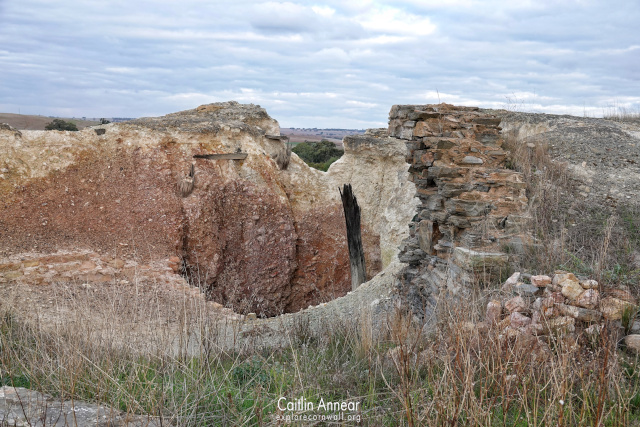
Despite this, the mine started to make losses as ore became exhausted. In 1865 the land was leased to a Scottish company who turned their focus towards leaching, shutting down the smelting works in the process. By 1867 a new treatment plant was installed costing £60,000 ($10,531,200/£5,517,905); this used the Henderson method of leaching to treat the ore, but ultimately proved to be a failure. The mine closed in 1878, selling both of its engines to Moonta Mine in 1879 for just £215 ($36,996/£19,384).
From 1906 a small company took over Kapunda Mine and neighbouring Hillside Mine, with plans to prospect via diamond drilling. This once again didn’t prove to be much and the area was worked by a range of tribute miners up until WWI before being completely abandoned.
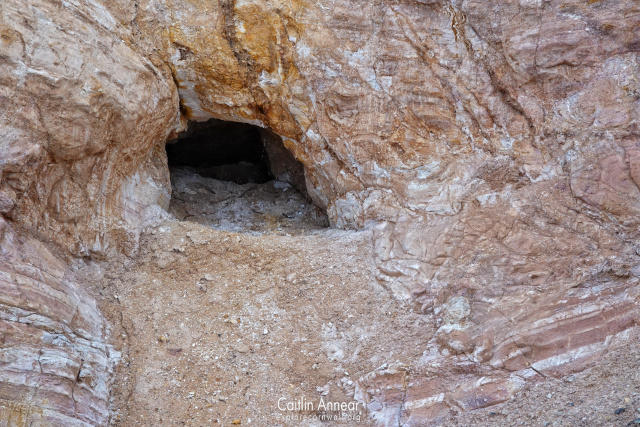
Bagots, Old Main, Harris’ (80 fathoms/146m), Engine/Buhl (75 fathoms/137m), Lanyon, Harvey, Charlotte, Dawe, Stockyard, Magor, Koir & Dutton.
29 separate lodes worked, varying from 15cm to 1m in thickness.
Named ones include Dunstans, Harts, Trattons, Magors, Roberts, Richards, Hodges, Charlotte and Wheal Dutton.
Total copper production came to around 14,000 tons (14,224,657 kg) over its life. This copper ranged from 10-70%.
Access to the site is free, although most of it has been fenced off for safety.
Several free car parks around the mine.
Blake, T. (2023). Posting calculations. Thom Blake Historian. https://www.thomblake.com.au/secondary/hisdata/calculate.php
Kapunda Copper Mine. (1906, August 2). Kalgoorlie Miner. https://trove.nla.gov.au/newspaper/article/89355801
Nance, D. (2019). Cornish Beam Engines in South Australia: Kapunda, Burra, Wallaroo and Moonta. International Stationary Steam Engine Society, 39(1).
Newcrest Mining Limited. (2015). Kapunda. http://www.cadiavalleyheritage.com.au/copper-mining/copper-mining-and-smelting-history/kapunda/
Signs at Mine – Kapunda. (n.d.).
Three Arrivals from England. (1847, September 25). Adelaide Observer. https://trove.nla.gov.au/newspaper/article/158924936?searchTerm=kapunda%20engine
